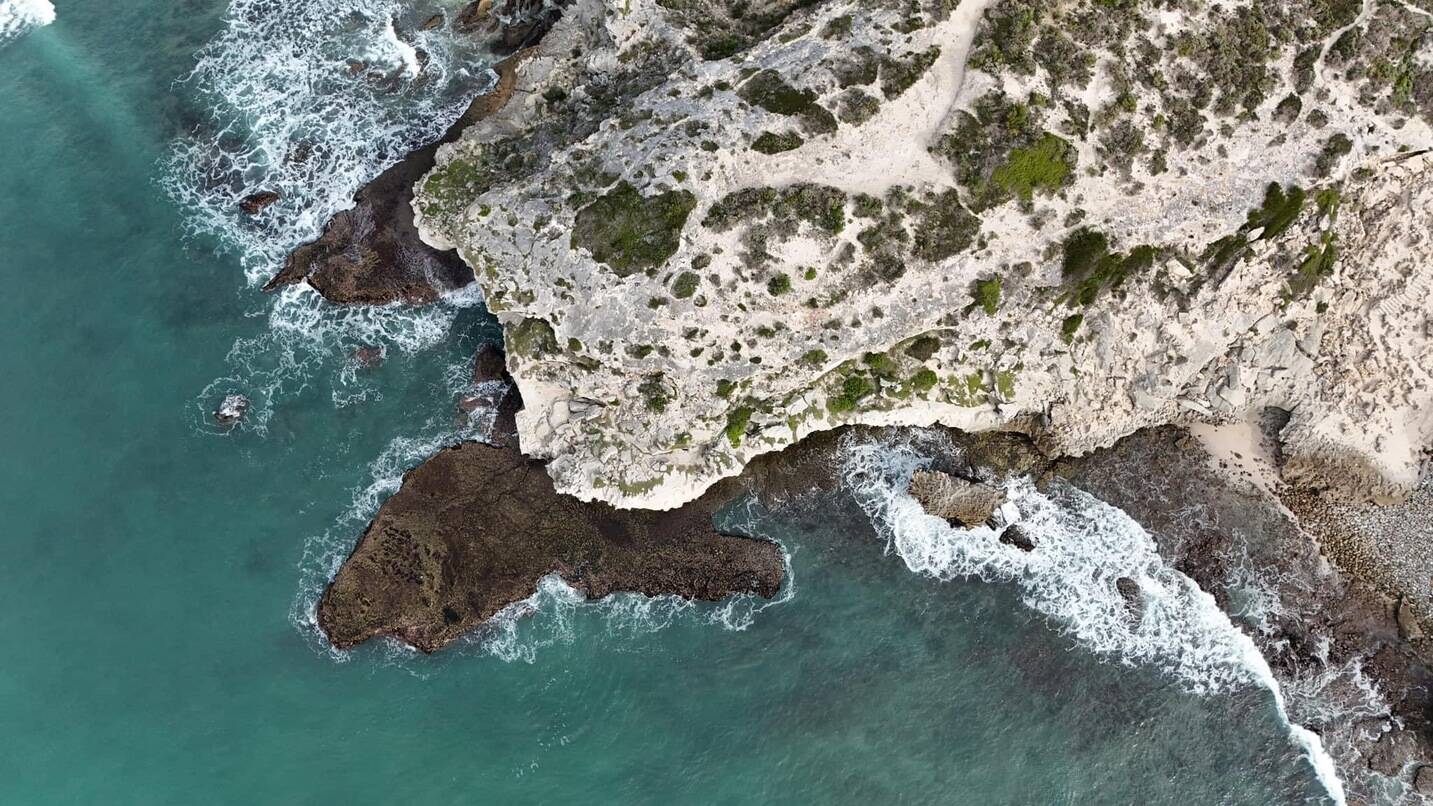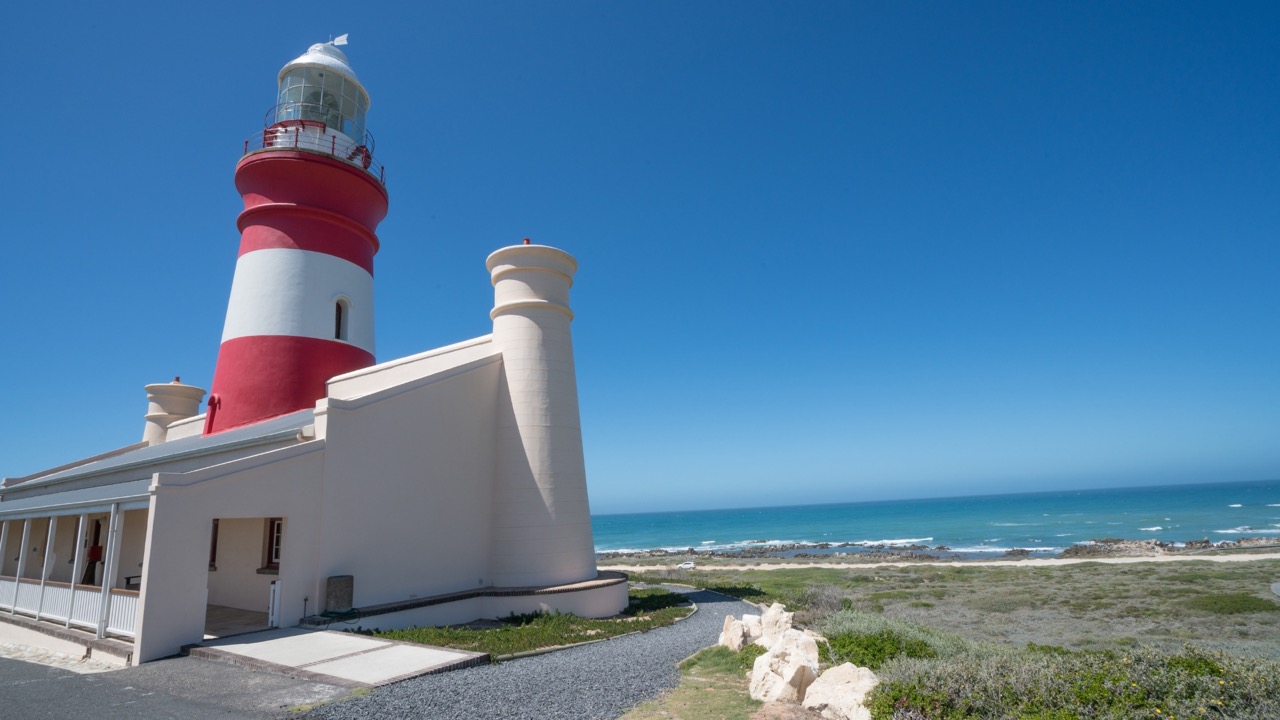In the early hours of Friday, May 10, 2024, Cape Agulhas experienced a rare and spectacular celestial event—the Southern Lights, or Aurora Australis, illuminated the skies with a mesmerising display of colour and light. This extraordinary phenomenon was triggered by a historic G5 solar storm that collided with Earth’s magnetic field, continuing its captivating show into the morning of Saturday, May 11, 2024. The Southern Lights, a captivating rarity, enchanted skywatchers not only in Cape Agulhas and the Western Cape but also across the globe.
The Southern Lights (Aurora Australis)
The Southern Lights, scientifically known as the Aurora Australis in the Southern Hemisphere, treated Southern Africa to a stunning spectacle when a powerful G5 solar storm interacted with Earth’s magnetic field. This collision unleashed energetic particles from the Sun, creating beautiful auroras as they interacted with gases in the upper atmosphere.
According to the US National Oceanic and Atmospheric Administration (NOAA) Space Weather Prediction Center (SWPC), which issued a solar storm warning for this category G5 event, this is the most significant geomagnetic storm Earth has experienced in around two decades.
Jon Ward, acting Executive Director at SANSA Space Science in Hermanus, emphasised the rarity and impact of this storm. “Although the likelihood of such a storm occurring is quite low, the severity of the impacts on technological systems can be very high. The energy and transport sectors are particularly vulnerable at the moment.” Ward noted that space weather, while global in nature, has regional impacts that can vary greatly depending on factors like the time of storm arrival and whether it coincides with day or night.

Leading up to the storm, the South African National Space Agency (SANSA) Space Weather Centre issued several G4 warnings and, for the first time since 2003, a G5 warning was given. The significance of this G5 Geomagnetic storm, denoting an extreme event on the Geomagnetic Storm Scale, makes it a once-in-a-generation occurrence.
According to Vaneshree Maharaj, a spokesperson for SANSA, a solar storm happens when charged particles emitted by the sun collide with Earth’s magnetic field. “We haven’t seen anything like this since about 2003. The beautiful spectacles you see happen when protons, neutrons and electrons in the air all react differently and glow strange colours,” she said, explaining why some parts of the planet saw different colours in the sky.
“Normally it’s confined to the North and South poles, but because this one was so substantial people saw it spreading out towards the middle of the planet. Had the G5 storm grown worse or continued for longer I think we might have been able to see something in Gauteng.”
Reports of the Aurora Australis (Southern Lights) were documented from various locations, including Gansbaai in the Western Cape and Namibia. South Africans captured the beauty of this event in photographs as the Aurora Australis painted the night sky from Cape Agulhas to Namibia.
South Africans all over the country shared photographs of the Southern Lights as the Aurora Australis blazed through the night, all the way from Cape Agulhas to Namibia.











